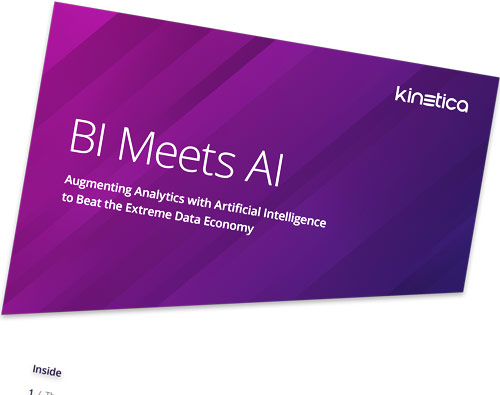Many business leaders struggle to realise the financial impact of investments in data lakes and other big data initiatives. Collecting and storing huge volumes of business data is the easy part. Finding new sources of competitive advantage in that data is a decidedly harder task.
It's getting harder. We now live in a world where the economy runs not on services, but on data itself. It's not about which or how much or how quick the business can collect the data anymore. In the extreme data economy, data comes from unpredictable sources and analysis becomes much more complex. Data can be big or small, static or streaming, structured or unstructured, human or machine. On top of that, data's useful life may only be hours or minutes, or perhaps weeks or months; the method of extracting value from data may be different depending on its lifespan. The legacy databases built for serial computing and data lakes just can't keep up.
Artificial intelligence (AI) is emerging as a much needed catalyst for extracting value in data because it accelerates the rate and increases the depth of analysis. Leader organisations are now using GPU parallel processing technology to infuse AI into their business intelligence (BI) applications, and this strategy is quickly defining the next generation of business analytics. This white paper defines the key requirements for an insight engine that can support AI, and the ways businesses can optimise analytics with AI in order to gain a competitive advantage.
Complete the web form along side and we'll email you a copy of this white paper.


